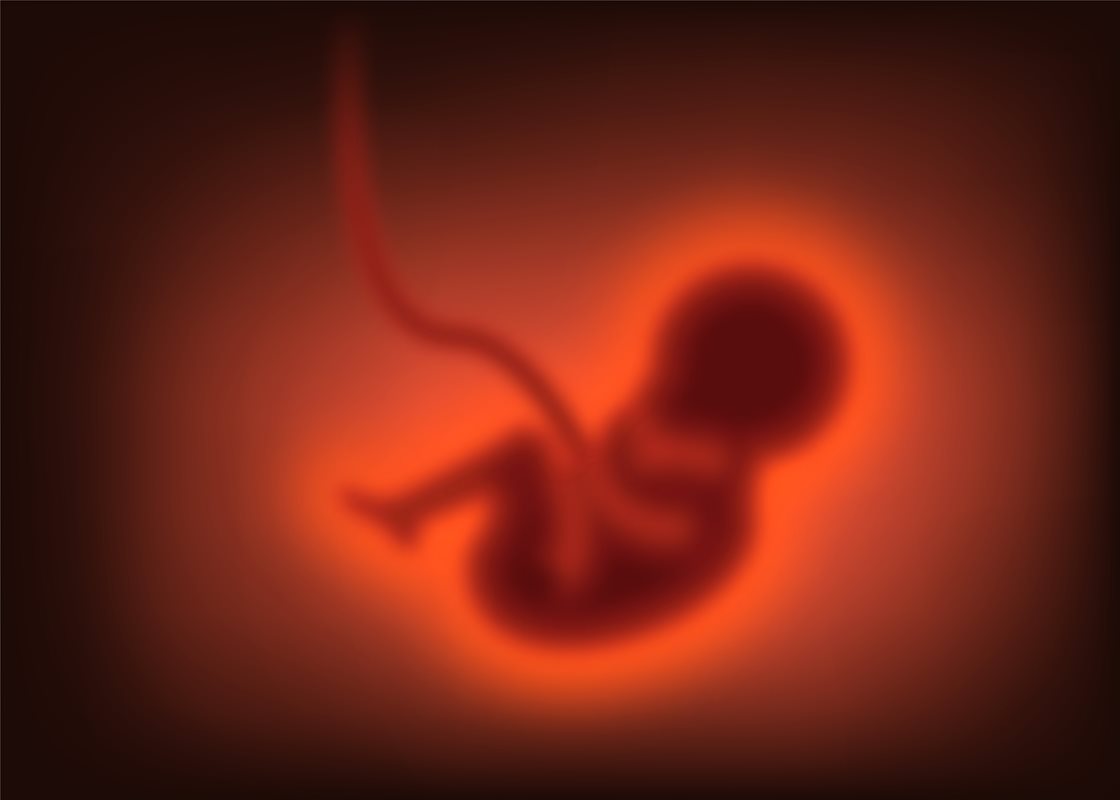
Umbilical cord blood and cord tissue are rich in hematopoietic and mesenchymal stem cells (MSCs), respectively. Both types of stem cells play key roles in maintaining our health and each works in its own unique way.
Hematopoietic stem cells give rise to all the other blood cells and are the foundation of our body’s immune system. Cord blood transplants are considered standard therapies for over 80 diseases including cancers, blood disorders, metabolic disorders and immune system disorders.
Distinct from hematopoietic stem cells, mesenchymal stem cells have many unique functions, including the ability to inhibit inflammation following tissue damage, to secrete growth factors that aid in tissue repair and to differentiate into many cell types including neural cells, bone cells, fat cells and muscle cells in addition to cartilage and connective tissues. As research continues to advance and clinical trials move towards therapeutic use, mesenchymal stem cells’ future use will depend on how they are processed.
Processing cord tissue for maximum potential
Stem cells are often extracted from the tissue through enzymatic digestion
before cryopreservation. In many cases, this type of processing will leave the cord tissue stem cells ineligible for use. This method is mainly still practiced because of the lack of appropriate FDA-approved protocols for cord tissue cryopreservation.
The preferred method (and the only one which Cryo-Cell offers) begins with the collection of approximately six inches of the umbilical cord tissue at time of birth by the OBGYN—after the cord is cut, cord blood collected, and placenta delivered. Cryopreserving the a section of cord provides the most flexibility for the future use of cord tissue stem cells because it cryopreserves the cord tissue stem cells in their natural environment and leaves the extraction to
before the expected use.
Cord tissue in regenerative medicine
The potential uses of cord tissue stem cells for regenerative applications, spinal therapies and the treatment of debilitating diseases are steadily increasing. Stem cells derived from cord tissue are currently being investigated in clinical trials to treat diseases such as:
- ALS
- Alzheimer’s
- Liver Fibrosis
- Lung Cancer
- Multiple Sclerosis (MS)
- Parkinson’s Disease
- Rheumatoid Arthritis
- Sport Injuries
- Stroke
- Traumatic Optic Neuropathy
- Type 1 Diabetes
Conclusion
Parents want to know they can rely on the stem cells they have stored if they are ever needed. Today, no standard practice has been established for umbilical cord tissue processing. Because of the lack of standardization, the methods explored above may ultimately yield cord tissues stem cells that are unusable for future clinical use. Parents may in fact be paying year after year for stem cells that they will not be able to use.
The cryopreservation processing method that has been independently acknowledged as the best in the industry, according to scientific data published in the December 2015 issue of
Placenta, is the only one Cryo-Cell offers:
“…umbilical cord tissue cryopreservation appears to be the optimal solution for umbilical cord tissue mesenchymal stem cells storage for future clinical use. Umbilical cord tissue cryopreservation allows mesenchymal stem cells isolation before expected use, according with the specific clinical applications, by different customized isolation and expansion protocols by cell therapy institutions.”1
1 Magda Dulugiac, Lucia Moldovan, Otilia Zarnescu. Comparative studies of mesenchymal stem cells derived from different cord tissue compartments-The influence of cryopreservation and growth media.
Placenta. 2015 Oct;36(10):1192-203. doi: 10.1016/j.placenta.2015.08.011. Epub 2015 Aug 29.